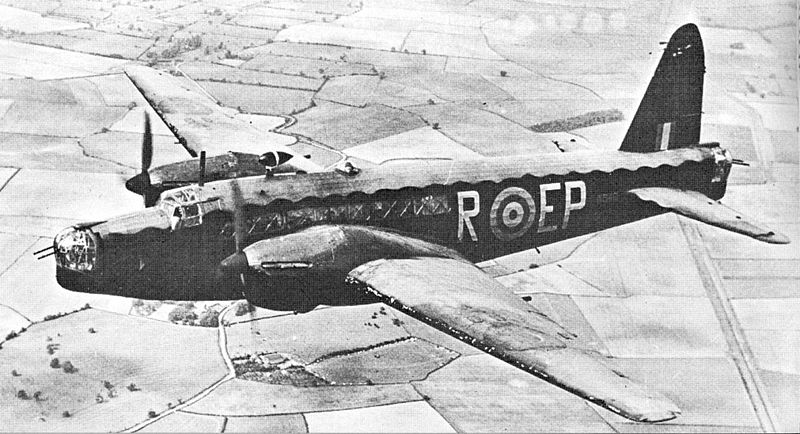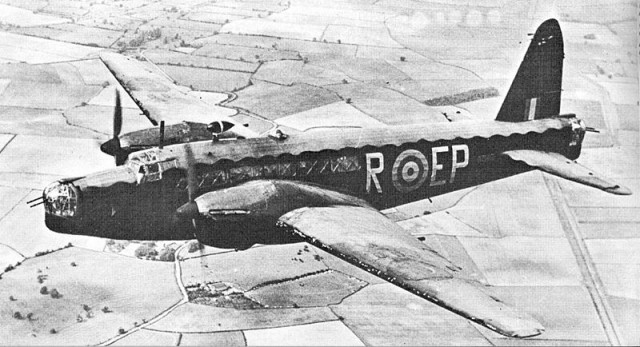In 1944, Peter Cannon was only 10 years old and listening to the noise of planes flying overhead during long winter nights. He and his family lived in a cottage a few miles away from RAF Westcott, on Station Road in Quainton, Buckinghamshire.
Peter Cannon, who is now 80 years old, remembers one, not so quite night, on March 15, at around 10.35pm, when he saw himself out of bed because of a very strange sound he had heard, of a plane which might have been in a lot of trouble, he said.
The Vickers Mark 10 Wellington bomber went down during a training session, after being hit on the starboard by an aircraft returning with its crew from Amiens, France, as they completed their very first flying mission, aboard the Mark III Stirling bomber. The plane was hit so hardly that it kept spinning in the air for a few moments, before going down towards the fields surrounding the village. Cannon said “there was this terrific bang and a great fire went up into the sky.”
He only later found out that the man who flew the aircraft away from the village was no one else but his next door neighbor, a flying officer named Jim Lyon, who lived with his pregnant wife and whom young Peter Cannon saw as a role model. Lyon and the other seven members of his crew were killed in the crash. The Stirling crashed near Wappenham, Northamptonshire and all seven members of the crew aboard, lost their lives.
Cannon recalled watching Lyon as he was cycling home from Westcott, saying that at the time, pilots were like celebrities for them. He felt very sorry for his wife, who was expecting a baby, saying that Lyon must have known that he was heading for the house where his wife lived when he steered the plane away.
Lyon volunteered for the RAF as part of the 37,000 Australian flying officers, after Britain sought help from the Allied forces. He met Margaret Bruce, his wife, while he was at RAF Bardney in Loncolnshire in 1943. The work was so risky and so dangerous, that only 27 men out of 100 in Bomber Command were able to complete 30 missions. Lyon was only one of 7,847 flying officers killed during training and before making it to the war, The Telegraph reports.
A memorial will be unveiled in March this year, to commemorate 70 years since the accident and to pay tribute to the 15 flying officers who lost their lives that night.
Lyon’s nephew, Bruce Blanche, has spent the last 30 years researching and putting together pieces of the events that took place on March 15, 1944. “This memorial will be the end of a long fascination with this image of a young man who I have known for many years now,” said Blanche, who never met his uncle but did everything he could to follow his steps and although he was told he was color blind when he tried to join the RAF and that he couldn’t become a pilot, he went on to become an RAF reservist squadron leader.
//



